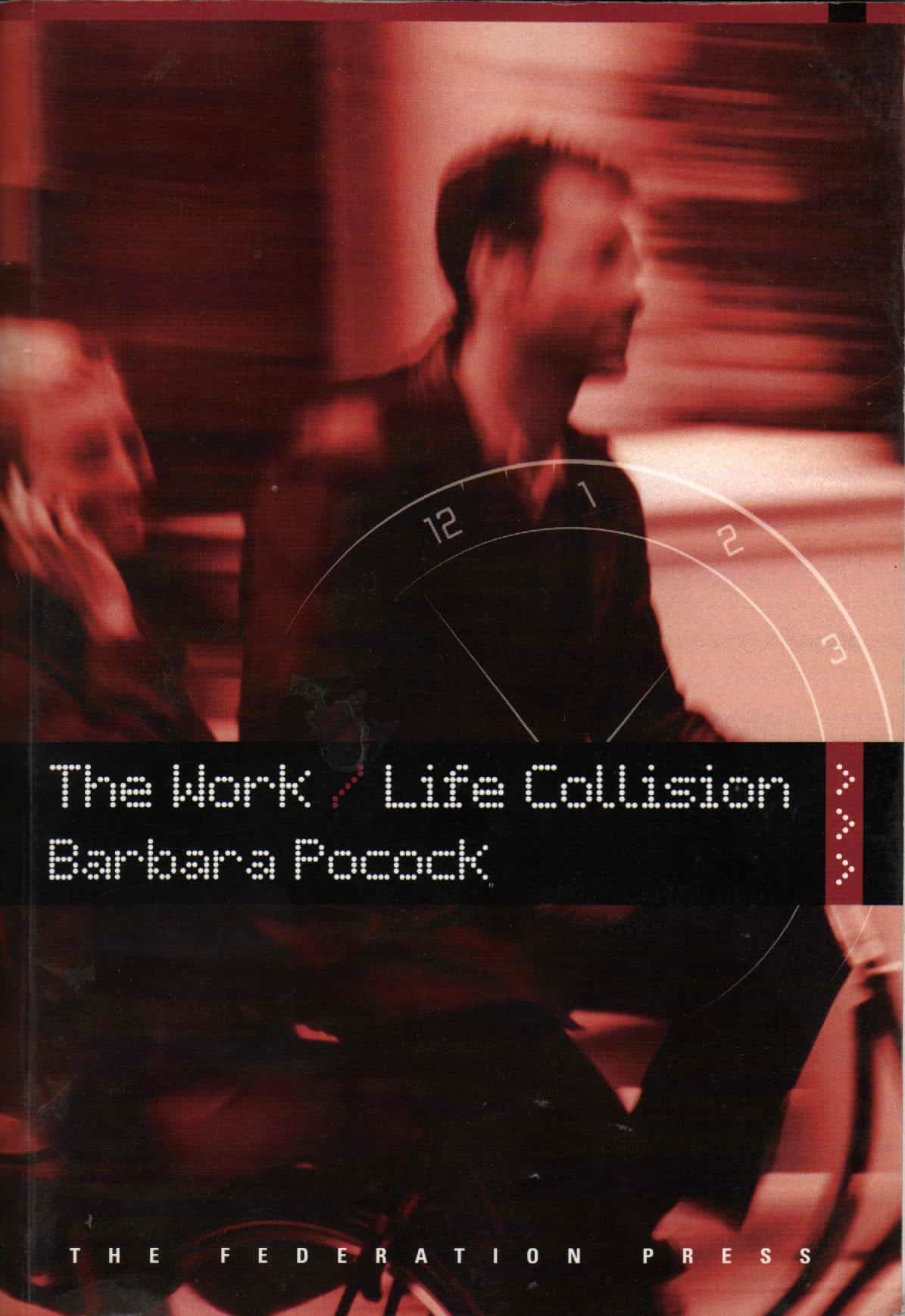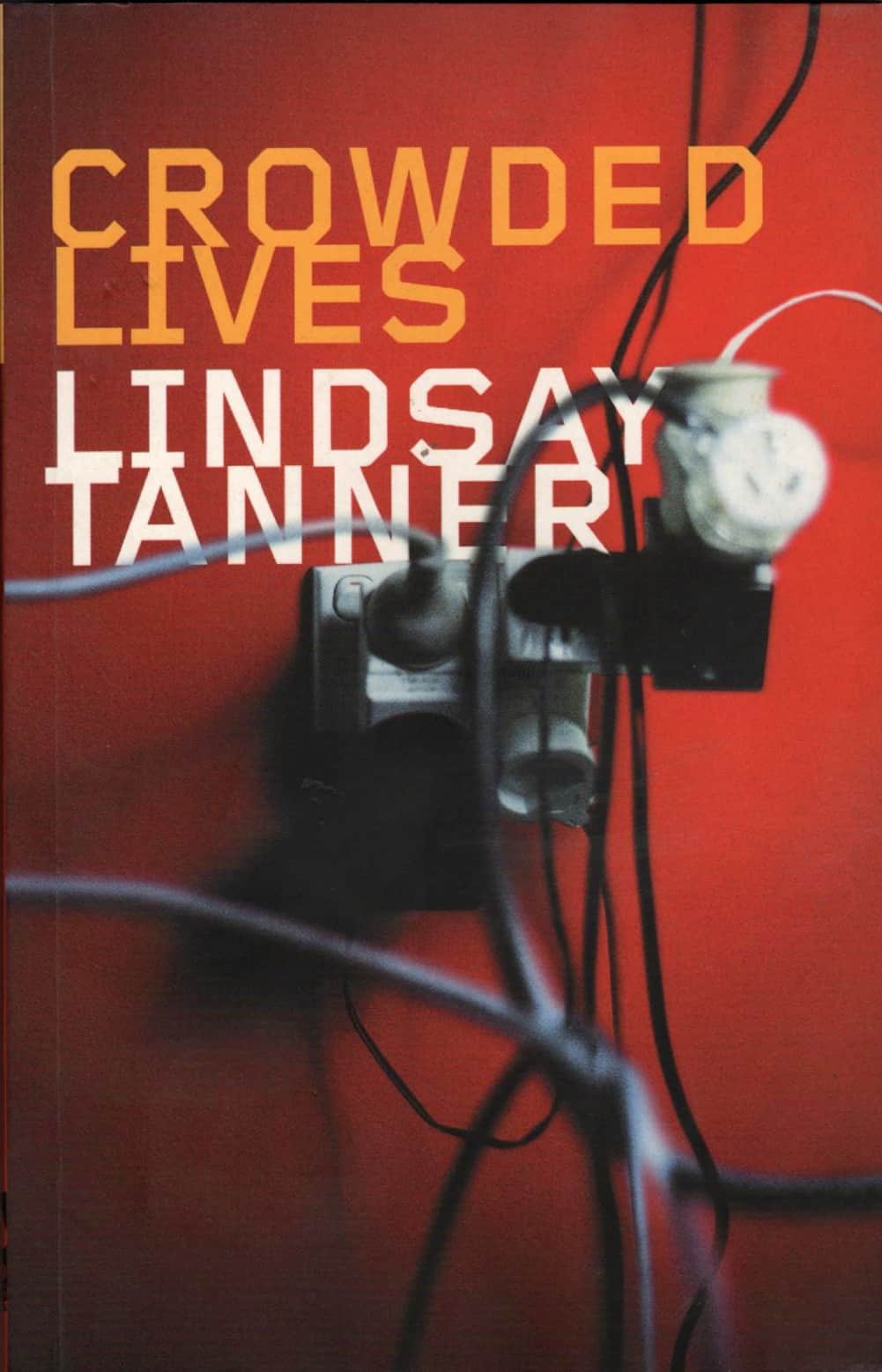A story on the front cover the Australian Financial Review on 8 September 2009 lists the “wins” of the union movement in its negotiations on new national OHS law. But it is the last couple 0f paragraphs on page 8 that are most surprising. The article says
“The coalition dropped its previous opposition to the SafeWork Australia bill, allowing it to pass in its original form, limiting the number of unions and employer representatives on the body to two each and giving Ms Gillard [the Workplace Relations Minister] a veto on the appointment of these representatives.”
This seems to be a considerable backtrack on the strong opposition and media statements coming from employer groups over the last 12 months. One wonders what trade-off the industry associations have managed to obtain.
The changes reported are not very radical for those familiar with the Victorian OHS laws – leave for OHS training and greater protections for union members. But the union movement has (yet) to get a reverse onus of proof or rights to prosecute.
The media release from the IR Minister crows about the Conservatives’ backdown and says little else other than marking the passing of the legislation. Ultimately the biggest benefit of this legislation is clarifying the status of Safe Work Australia.
UPDATE: ACCI media statement
The Australian Chamber of Commerce & Industry has released a conciliatory media statement making no reference to its previously strident opposition. The only semi-interesting content (other than the fact of the statement itself) is its reiteration of OHS being a shared responsibility and the need for Safe Work Australia to ensure its independence.
“The message that working safely requires everyone to take their responsibilities seriously now has a better chance of becoming a co-ordinated national message, with parallels to the mutual responsibility message that features in road safety awareness and safe driving campaigns.”

 Work/life balance in Australia is skewed towards those workers who have young families or a role as a carer. This is due to work/life balance evolving from the feminist and social concepts of the 1970s and in response to the increased number of
Work/life balance in Australia is skewed towards those workers who have young families or a role as a carer. This is due to work/life balance evolving from the feminist and social concepts of the 1970s and in response to the increased number of 

